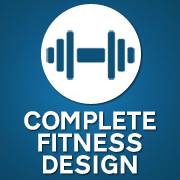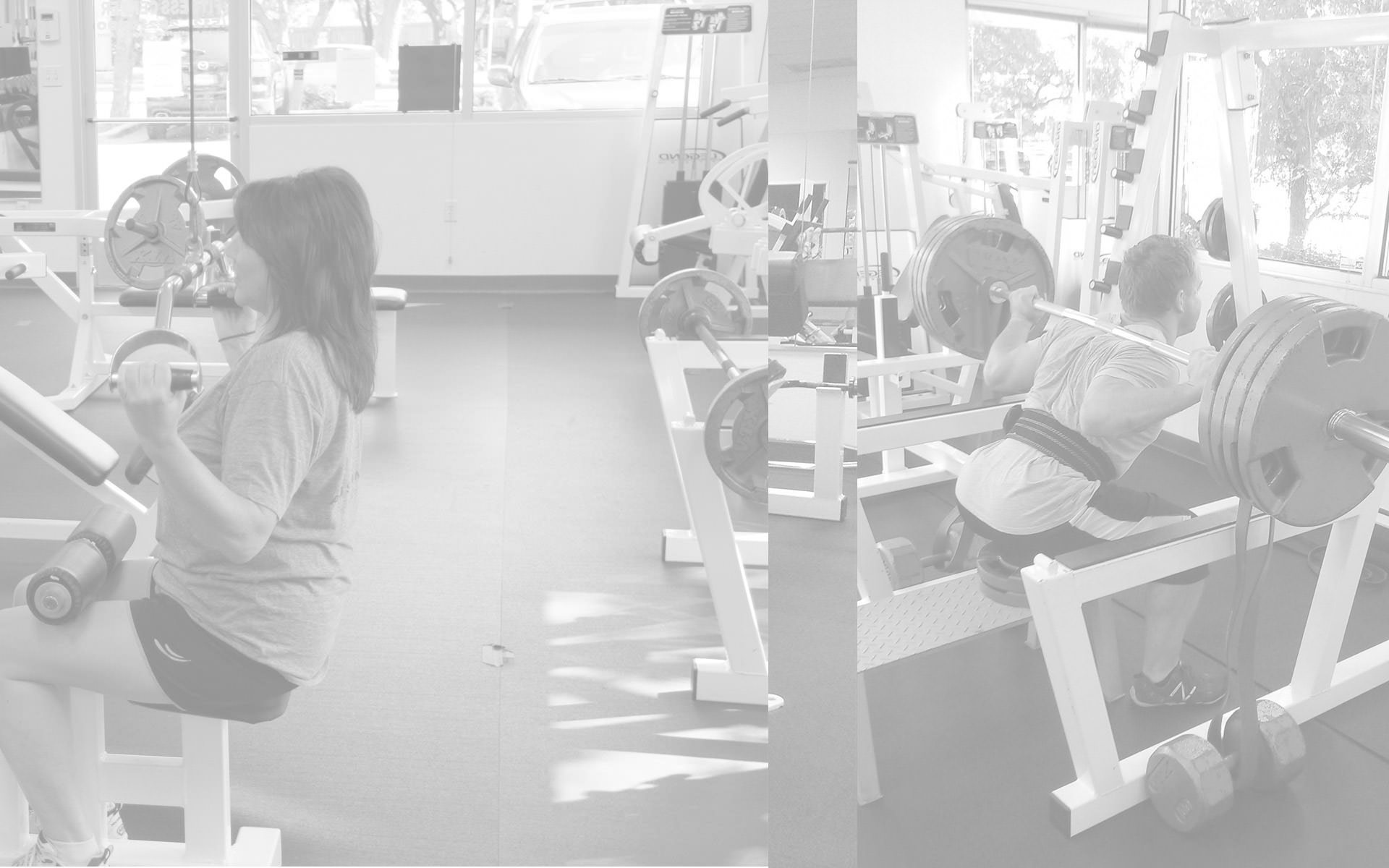So, How Does Personal Training Work?
A gentleman stopped by my gym this morning and was inquiring about doing some training with either me, or a member of my staff. Having never worked with a trainer before, he naturally had a host of questions regarding scheduling, pricing, duration of sessions, as well as frequency. In a nutshell, he wanted to know how does personal training work?
As an Austin personal trainer for the past 21 years or so, it doesn’t just work one way. There’s certainly some constants in the field, but there are far too many variables when dealing dealing with the human body on an individual basis. For example, the gentleman I mentioned from this morning was about 45 years old and needed to lose, by his estimation, around 50 pounds. How does personal training work for him he asked. I explained that it’s a multi dimensional process that starts with the basics of everything, and progresses forward from there, at whatever pace is appropriate. In this case, we would look to immediately begin a food journal so I can see what exactly he’s eating for a typical 5 day period, including how much water he was consuming. I also asked him to record an exercise log of anything he’s doing to get his heart rate up, and lose weight. Another thing to look at, is where are his tightness’ and imbalances? Is he a computer programmer who’s also a side sleeper at night? If so, he very likely has tight trapezius muscles as well as pectorals. Depending on how tight he is, we could find a whole host of issues that need remedying with corrective flexibility training before serious weight training could begin in earnest, so as to avoid injury. Once he was deemed ready for the weights, obviously techniques specific to his body and goals are going to be taught and employed in all of the workouts. His thumbs, for example, would be placed behind the bar for an overhead press, thus facilitating his elbows remaining underneath his hands to avoid straining the already tight supraspinatus muscle in the rotator cuff assembly.
Sport specific trainees, on the other hand, will still need to get me a food journal, and perhaps engage in some corrective flexibility training, but the focus will be much different than someone who is interested in general fitness. Athletes, particularly successful ones, are generally much more in tune with their bodies and tend to have a lot more experience working out. Another thing athletes have over the average gym goer, is the ability and willingness, to push their bodies to the limit in their quest for success. This means that the NFL player I’m training will go much further in the weight room, and thus on the field, than your average trainee. They have millions of dollars in contracts in the balance, so naturally, there’s a motivating factor that’s undeniable, as well as their lifetime of pushing themselves.
Physical therapy trainees make up a good portion of my training roster at any given time. How does personal training work for them? Again, much the same in terms of the basics, such as the food log, and the flexibility work, but they have specific needs that I have to address. If we’re training to strengthen and lengthen pectoral muscles after a grade 3 tear to the region, there’s going to be a lot of myofacial release techniques, trigger point, stretching, and gentle strengthening involved to start. If I was to answer the how does personal training work question with the same answer across the board, I wouldn’t be successful at personal training in Austin. Every situation is individual, and therefor requires personalized assessment, treatment, and care.
Andy is a top notch trainer for fitness novices to seasoned body builders. He has a breadth of knowledge matched only by very few in the fitness industry today.

Andy

Latest posts by Andy (see all)
- Workout Motivation: How To Get Motivated To Work Out - March 9, 2022
- Body Fat Types: Subcutaneous and Visceral Fats - June 1, 2019
- Why Diets Work If You Stick With Them - April 1, 2019





